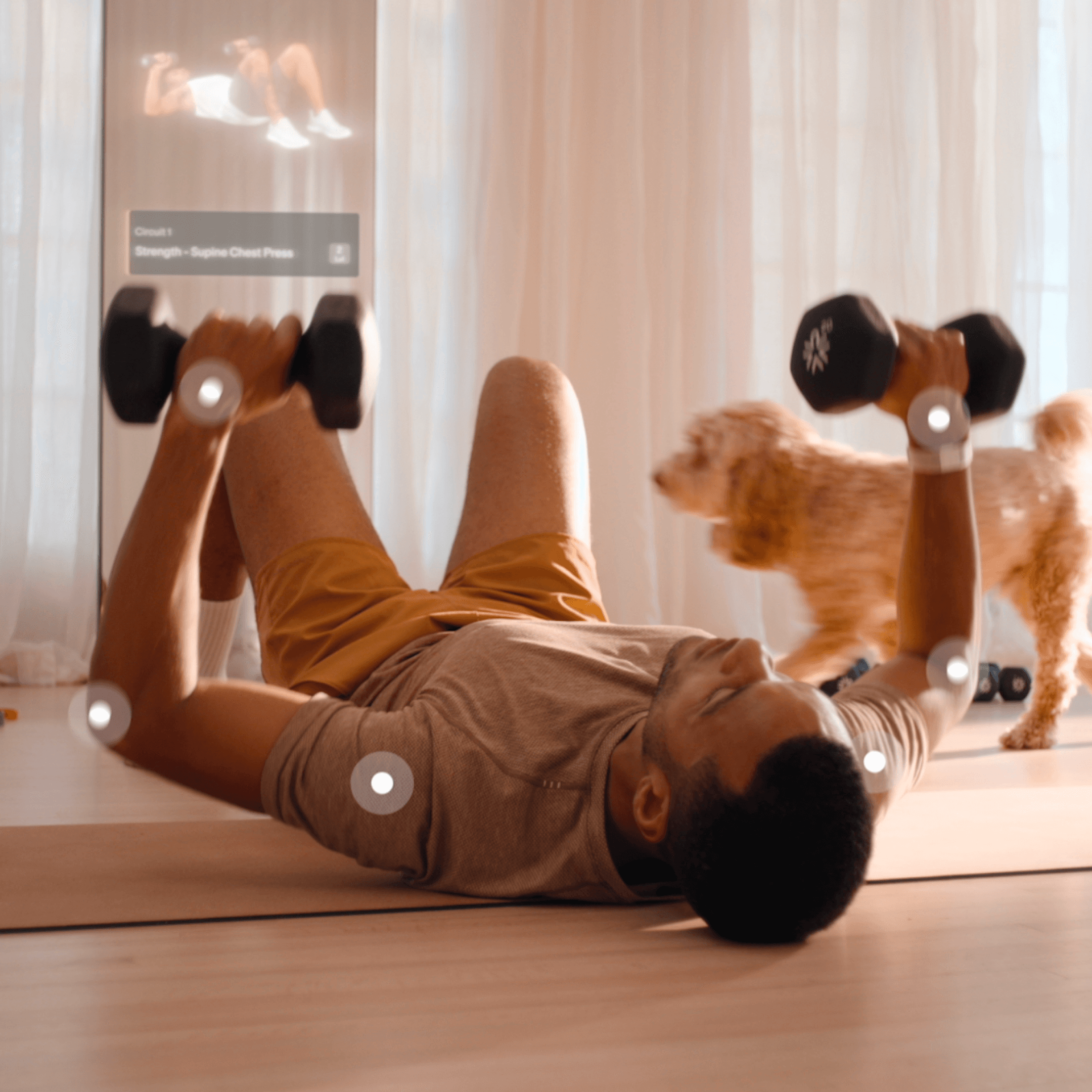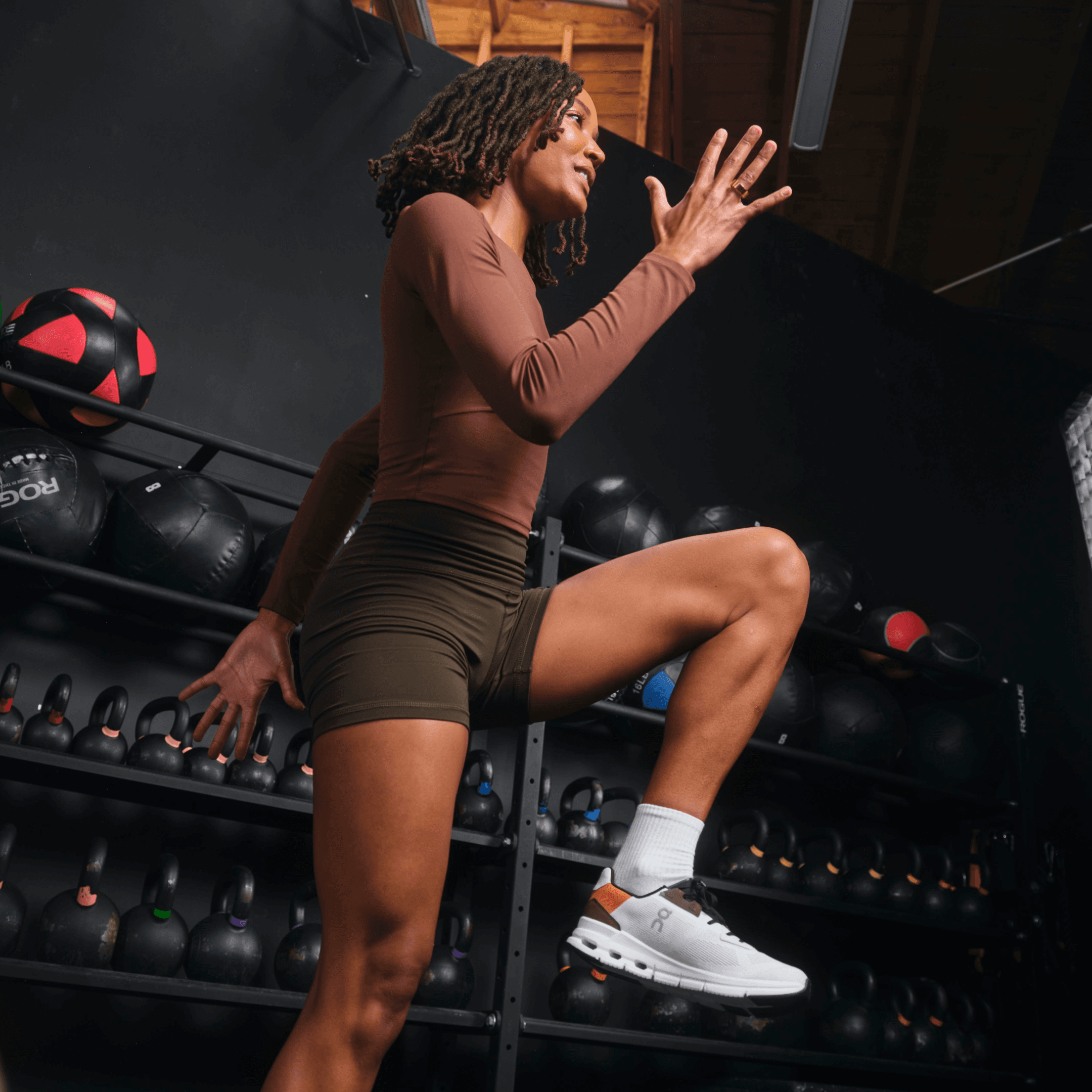View all articles
Training Through Injury: How to Stay Active, Adapt, and Keep Progressing
Mar 26, 2025
Written By
Adam Gray-Hayward
Reviewed By
Paul Winsper, Chief Science and Performance Officer, AlterMe

Related posts

Adam Gray-Hayward | Jun 20, 2025
How to Work Out Safely and Effectively in the Summer Heat
Training in the summer heat requires more than grit—it demands strategy. Learn how to adjust your workouts, hydration, and recovery for high performance and safety in rising temperatures.

Zach Laursen | Jun 11, 2025
Your First DNA-Powered Workout with AlterMe and How to Make It Count
Your first AlterMe workout is more than movement—it’s a personalized training session shaped by your DNA and daily biometrics. Learn where to find your workout, what gear to use, and how to train smarter from day one.

Adam Gray-Hayward | Apr 24, 2025
How to Choose Your Weights and Bands
Knowing how to choose the right weights and bands can make or break your results. Learn how to adjust resistance safely and effectively so each session moves you forward without burning you out.
You Deserve to Feel Amazing.
AlterMe is your personalized path to real, lasting change—no guesswork, no extremes. Just science-backed results that fit your life. AlterMe is more than a plan—it’s your guide to lasting results. Start your transformation today and see what’s possible.